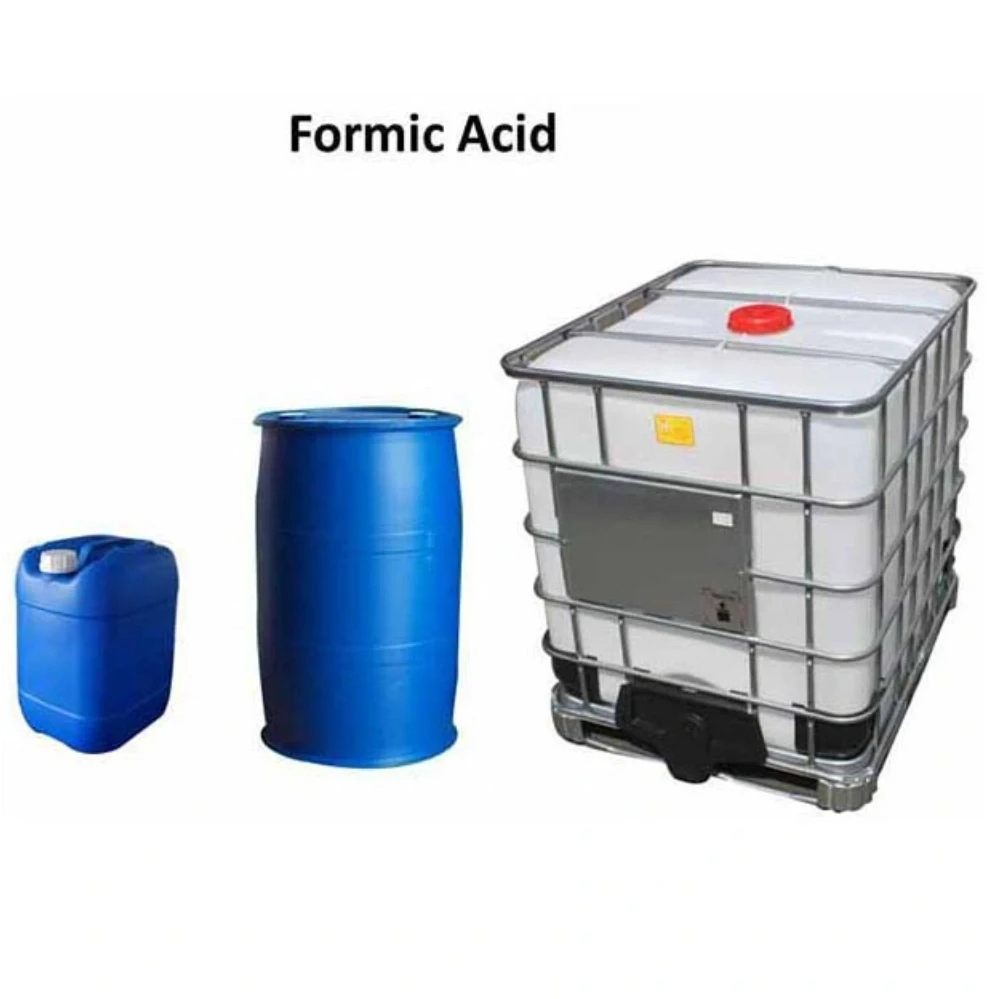



Determining pH Levels of Aqueous Sodium Hydroxide Solutions in Various Concentrations
Understanding the pH of Aqueous Sodium Hydroxide
Sodium hydroxide (NaOH), commonly known as lye or caustic soda, is a strong alkaline compound widely used in various applications, including chemical manufacturing, food processing, and water treatment. One of the most important properties of sodium hydroxide is its pH level when dissolved in water. Understanding the pH of aqueous sodium hydroxide is crucial for both practical applications and safety considerations.
The Nature of Sodium Hydroxide
Sodium hydroxide is an inorganic compound that readily dissolves in water. When dissolved, it dissociates completely into sodium ions (Na⁺) and hydroxide ions (OH⁻). This dissociation is what gives sodium hydroxide its strong alkaline characteristic. The general reaction can be represented as
\[ \text{NaOH (s) } \rightarrow \text{ Na}^+ (aq) + \text{ OH}^- (aq) \]
Because it dissociates completely, sodium hydroxide is classified as a strong base. This complete dissociation is key to understanding its high pH levels in aqueous solutions.
Measuring pH
The pH scale ranges from 0 to 14, with 7 being neutral. Values below 7 indicate acidity, while values above 7 indicate alkalinity. For strong bases like sodium hydroxide, pH values can exceed 14 when the concentration of hydroxide ions is particularly high. The pH can be calculated using the concentration of OH⁻ ions in the solution as follows
\[ \text{pH} = 14 - \text{pOH} \] \[ \text{pOH} = -\log[\text{OH}^-] \]
In the case of sodium hydroxide, a 1M solution will have a pH of approximately 14, since its concentration leads to a substantial production of hydroxide ions
.ph of aqueous sodium hydroxide

Concentration and pH Relationship
The pH of sodium hydroxide solutions increases with concentration. For instance, a 0.1 M NaOH solution has a pH of about 13, while higher concentrations, like 1 M, push the pH closer to 14. It’s important to note that as the concentration of OH⁻ increases, the solution becomes increasingly caustic and dangerous.
Applications of Sodium Hydroxide Solutions
The high pH of sodium hydroxide solutions makes them useful in various industrial processes. For instance, in the paper industry, NaOH is used to break down lignin and separate cellulose fibers. In water treatment, it helps neutralize acidic waters and adjust pH levels to create more conducive environments for aquatic life.
Additionally, sodium hydroxide compounds are vital in saponification, the process used to create soap from fats and oils. The strong alkalinity helps in the breaking down of triglycerides into glycerol and fatty acids, forming soap in the process.
Safety Considerations
While the applications of sodium hydroxide are extensive and varied, it’s essential to handle it with care due to its corrosive nature. Direct contact with skin or eyes can lead to severe burns, and its fumes can be irritating to respiratory tracts. When working with NaOH, it is advisable to wear protective equipment, such as gloves and goggles, and to ensure good ventilation in the working area.
In case of accidental contact, immediate action is required. Flush the affected area with plenty of water and seek medical attention if necessary. Additionally, proper storage in clearly labeled containers, away from incompatible substances, is crucial for preventing accidents.
Conclusion
In summary, the pH of aqueous sodium hydroxide is a fundamental aspect that reflects its strong alkaline nature and potential hazards. The relationship between concentration and pH is clearly defined, with higher concentrations resulting in a more caustic solution. Understanding these properties not only facilitates effective application across various industries but also underscores the importance of safety protocols when handling such strong alkaline compounds. Sodium hydroxide continues to be an indispensable component in modern chemistry, emphasizing the need for awareness and respect for its capabilities and risks.
-
Why Sodium Persulfate Is Everywhere NowNewsJul.07,2025
-
Why Polyacrylamide Is in High DemandNewsJul.07,2025
-
Understanding Paint Chemicals and Their ApplicationsNewsJul.07,2025
-
Smart Use Of Mining ChemicalsNewsJul.07,2025
-
Practical Uses of Potassium MonopersulfateNewsJul.07,2025
-
Agrochemicals In Real FarmingNewsJul.07,2025
-
Sodium Chlorite Hot UsesNewsJul.01,2025










